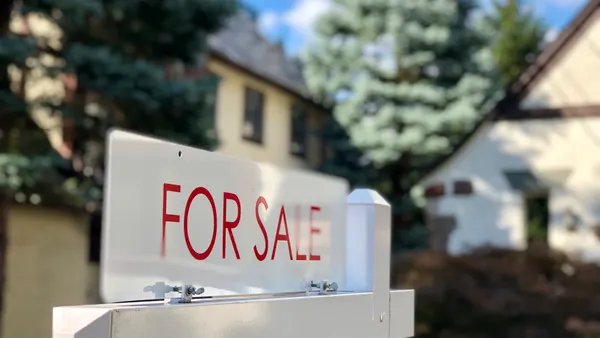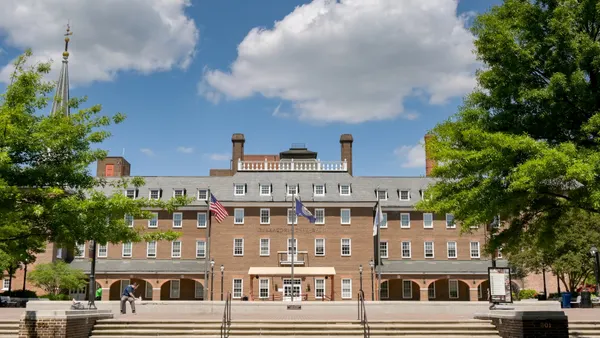While 2019 has been a big year for 5G, the tech will only ramp up in 2020 as major telecom companies promise to roll out nationwide mobile networks.
Promised deployments have left city leaders to ponder what they should do to prepare, with issues remaining around litigation, bridging the digital divide, aesthetics, environmental impacts and local control. An air of uncertainty may loom as leaders look for the best ways to proceed, both through partnerships with telecoms and in writing regulations and policies.
Smart Cities Dive compiled the insights of six 5G experts from interviews and panel discussions at the DC5G conference last week in Arlington, VA, to find out what cities should be prioritizing as they look to take advantage of the bold new technology.
♦♦♦
"It's so important in the North American market to work to streamline the cell siting processes so that our great carriers can go out there and do more cell sites to provide additional connectivity in the communities to make sure that the benefits of 5G are there for everyone, not just those in the city that have a cell tower close to them. Let's bridge the digital divide by streamlining our processes for cell sites."
— Chris Pearson, President of 5G Americas
♦♦♦
"I think the more disconnected you are digitally, the more you are pushed into a different kind of poverty ... As Salford grows as a rapidly-growing economy in Manchester, I'm seeing the more vulnerable being left behind. And it's not been a conversation really that we've focused on today. 5G, for all its glories and what it will bring — and I'm really excited by 5G — there is a darker side. It will exclude people, and we've got to find new models with the private sector."
— Jon Corner, Chief Digital Officer for the City of Salford, England
♦♦♦
"The infrastructure we're building, the fiber, it's also useful to the city in other ways. We've talked about smart cities as a 5G application, but as we're upgrading this infrastructure there may be potentially opportunities for the city to also deploy new smart city solutions and gain some benefits there as well. There are innovative public-private partnership (P3) opportunities there."
— David Young, Vice President for Public Policy at Verizon
♦♦♦
"When we think about 5G and particularly when we think about the best use cases for 5G, they really have to have a combination of three things: mobility, bandwidth and latency. What there is out there right now is a lot of misunderstanding of what makes for a good use of 5G. Whenever we think about 5G use cases, we always look at those three factors. I would just encourage [people] to think about what really will benefit from 5G."
— Dan Hays, Principal at PricewaterhouseCoopers
♦♦♦
"Work with your existing carrier deployment in that region, send out a request for information (RFI), generating interest, understanding what are the pros and cons of deploying it, how does it enable it ... There are a bunch of question-sets to answer."
— Sanjeet Pandit, Global Head for Smart Cities at Qualcomm
♦♦♦
"If you have two people in a community hearing saying, 'This will be ugly and this will be an eyesore and this will be a problem,' but nobody's looking at even an artist's rendering of, 'Here's what we think this impact could be,' or even someone going around the community and taking pictures of 4G towers today and saying, 'Hey, it'll be less of an eyesore than this thing right here that we already have.' Making that more visual rather than conceptual, I think that would be advantageous.
Then [with] health effects ... having statements that are easy to digest for the average person about what is the current research, what is the current professional health community's standards around these radios and these towers and these wavelengths and what does that really mean for an individual?... You just need to put that into perspective for people."
— Derek Brost, Director of Professional Services (Security) at InterVision
♦♦♦












